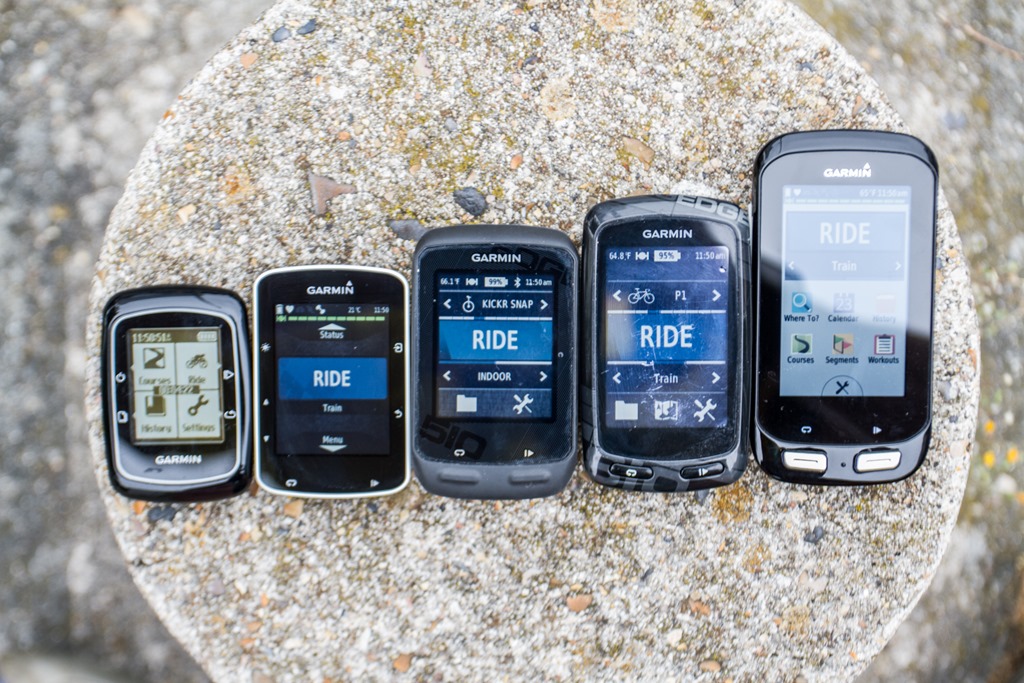--------------------------------------------------------------------------------------------------------------------------
What Does It Take To Be A Racer by Aaron Terrazas
 So what steps do you need to take to get into racing? What does it take to get started and be competitive?
So what steps do you need to take to get into racing? What does it take to get started and be competitive?
Get a Coach
Regardless of how serious you intend to be, I would recommend getting a coach. Having a coach to focus your training and guide you. A coach will not only help you improve your fitness, they will also provide you with direction and focus during your race season. Without direction, folks tend to flounder, and drop out.
Work On Your Fitness
Spend the winter season training, working on your fitness and learning as much as you can. I find that folks who don't train before the race season, tend not to last long in racing because they get discouraged after a few races. There is so much to learn, and while the level of fitness among racers various greatly, the serious racers are on a completely different level of fitness than your average / above average club rider.
Find a Team
It is very important to have a group you can connect with, work with and be mentored by. When you race, it's very difficult to win a race on your own, unless it's a very small field. Bike racing is a team sport, with strategies, race plans, lead out trains, domestiques, climbers, sprinters, and each serves a role based on the type of race.
Get Your Race License
You need to register and get a license to race. Get your USA Cycling license for the season: https://www.usacycling.org
Racing Categories
The women's racing categories start at Cat 4 and go up to Cat 1.
The men's racing categories start at Cat 5 and go up to Cat 1.
There are several different types of groups for each category. Juniors (kids), Cat 1,2,3,4,5 (19-34) and Masters 35+, Masters 45+, and Masters 55+. The non-masters categories are the categories that can go pro (Cat 1).
Beginner Race Program
Every Sunday morning through the month of January, before race season officially begins, classes for road racing are provided for beginning racers called the Early Bird Races or Beginning Racer Program (BRP). There are various classes provided throughout the state, but the closest one to us is in Fremont. Instructors run through various skills you will need to know for racing like sprinting, cornering, bike handling and more. Instructors will take you through drills and at the end of the class you will get to race a Crit for 20 minutes. Each class with a race is worth 2 points which count towards your 10 upgrade points to get out of Cat 5 to Cat 4.
These classes really are essential if you plan to race.
Do You Need a Race Bike
If you don't have a great racing bike, it is ok, try racing out first before you invest in a good race bike. Racing could also be a great excuse to get a new bike. If you do want to buy a race bike, here are a few things to consider.
Aerobikes are great for crits and flat races, but they tend to drop anchor on rollers and climbs, and many do not corner as well as an all round light race road bike that handles well, responds great on climbs and sprints. Consider purchasing wheels specifically for racing that you can use for all of you races (have a separate pair for training). I have a set of tubular all carbon 50s that I use only for racing, anything deeper would probably not be as great for a climbing race.
Types of Races
Criterium Races (Crits)
These are fast paced short lap, usually 1/2 mile to 1 mile in length, with multiple laps around a closed small circuit within a 20-40 minute period. These are great for strong riders who might not have the fitness for a long endurance road race, are great sprinters or like to be in the red as riders attack and maneuver for position. Crits are known for bunch sprints, tight corners and crashes (crashes will happen in all race types).
Circuit Races
These are basically the medium between a road race and a Crit, where you race a longer lap of several miles for an hour or more several times. Usually these are not as fast as crits.
Road Race
These are the longer endurance races, which can be longer circuits of 4-9 miles; these are done several times (40+ miles). The duration of these races differ from race to race and category to category.
Time Trial (TT)
These are solo races on a time trial bike (TT). The duration can range from 6 - 20+ miles. These are basically, how fast can you go for 20-40 minutes.
Stage Race
These are typically a series of races over a few days that can have a combination of all the different race types.
Winning Races
Bike racing is one of the few sports where most people never win or podium. There are pros who spend their entire careers never having won a race because their jobs are to support their team leader. So why race?
Racing can be challenging, scary, exhausting, fun and require dedication of time and focus. Most of us who are older are certainly not going to make it to be pros or ride in any world tours, so racing is just something we do on the weekends because we love cycling, competition and pushing ourselves. Most of us don't take it too seriously (some do), and let's face it, we aren't getting paid or sponsored, at least not those of us who are Masters (older), so the most important thing it to just have fun.









